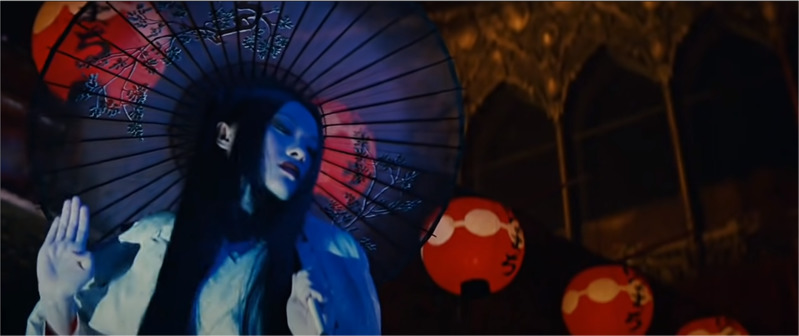
We spend a lot of time here discussing the technical minutiae of film and TV pictures. Every so often, though, someone will ask “what camera accessory should I purchase to make x look like y,” where x is a second-hand Canon 5D Mk. II and y is an Panaflex Gold II in the configuration used to shoot Memoirs of a Geisha. That’s a question that’s a little bit outside our usual fare of lights and lenses. Old hands will already be gnawing at the keyboard with consternation over the idea that the solution to this sort of film school undergrad neurosis is solvable with equipment, or even solely the responsibility of the camera department, but hear me out.
There was a time when any conversation about making movies look good would turn quickly to Memoirs or Blade Runner or Transformers, films using lenses so famous it wouldn’t be surprising to discover that particularly dedicated independent filmmakers had formed a sort of proto-religion around them. In reality, most of those people aren’t in a position to shoot spectacular far-eastern vistas, nor extensively rework the Warner backlot, nor to digitally insert towering robot combatants. Around the time of Saving Private Ryan, tempting in its use of nearly-accessible camera techniques, many people were still stuck with standard-definition DVCAM cameras such as Sony’s DSR series. But hey, we could wind up the black level, wind down the chroma level, and shoot at 1/100 shutter, which is sort of the same thing, right?
Right?
Let’s just say there were a few contrasty, desaturated, stroboscopic music videos in early 1999, and your narrator specifically disclaims any involvement in any of them. Just remember to put the camera back to normal before returning it so a journalist won’t hold you responsible when her feelgood piece on a marching band review looks like she’s reporting a visceral 1944 beach assault. Monochrome viewfinders, remember.
On the other hand, that marching band probably won’t really look like something out of the 40s. They’ll look like a bunch of people with feathers in their hats marching past McDonald’s while there’s something a bit wrong with the camera. The same goes for people desperately buying old photo lenses from eBay that we could charitably describe as interesting, and not in the way anamorphic was interesting on Blade Runner. It’s not just a problem of the low end, either. People regularly pay high-end lens money to rehouse stills glass which explores the idea that fuzzy and artistic are interchangeable terms.
The difference is that nicely rehoused primes which cost nice-car amounts of money, or Panavision lenses, tend to be used to shoot productions that already look good before the light goes anywhere near the lens.
What we’re discussing here is not a new problem. Ever since affordable cameras became capable of producing almost-compelling results, which probably happened some time in the late 90s, everyone who isn’t working on nine-figure blockbusters, which is almost everyone, has been looking for cheap ways to make things look pretty. That’s a goal pursued with varying degrees of desperation depending on the breadth and depth of the gap between budgetary reality and directorial ambition, and it’s not a problem solely reserved for the low end. At least one senior figure has described Titanic as “the biggest independent movie ever,” because while it had a lot of money, it also had a lot of shipbuilding to do.
Still, these issues tend to be most relevant on the less well-funded production, if only because experience helps us spend less to achieve more. All film and TV productions need to have a camera. Production designers would say, with some justification, that they need to have a production designer, too, but the sad reality is that it’s possible to record moving pictures without one. Desperate measures by the camera department to impose some sort of style onto an image that has none of its own often look desperate, in the same way dubbing the latest Hans Zimmer score onto a student short shot in a white-walled bedroom does nothing more than highlight the chasm between ambition and result. Similar problems pertain with specialist camera technique.
Memoirs looks good because it looked good before anyone went anywhere near it with a camera. It takes place in historic Japan. It features huge numbers of very attractive people wearing spectacular costumes. It has vast scenes with hundreds of extras, huge sets with exquisite dressing. The special camera techniques are the syrup on the cherry on the icing on the cake. Many of them can be simulated with a deft hand in Resolve, and others, such as the uncoated lenses, are available off the shelf in the form of things like Sigma’s uncoated Classic Primes, but they won’t make your buddy’s back yard look like Omaha Beach.
The technical minutiae will always be important – in fact, they’re probably more important now than in the late 90s, when there was really only “film” or “video” and what looked right generally was right in either case. Even so, let’s not be gulled into believing that inveterate pixel peeping is a substitute for the idea that filmmaking is a team sport. Hopefully, this will be a topic to which we can return, and perhaps broaden all of our horizons.
